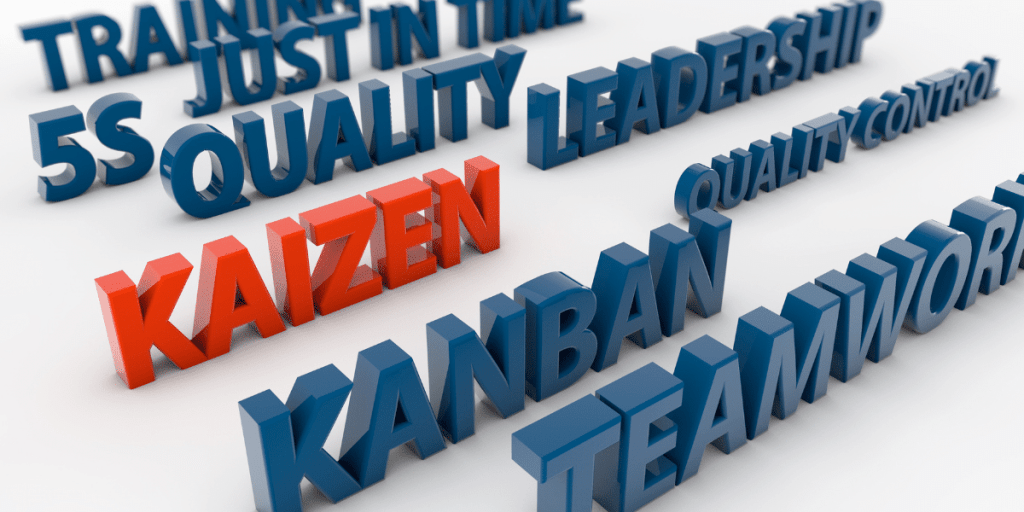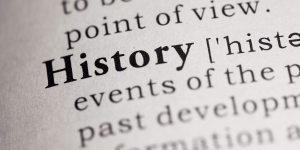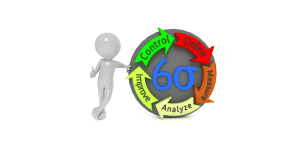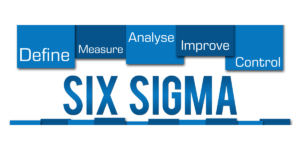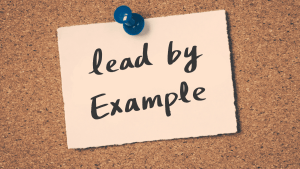Kaizen is a Japanese term that means “change for the better” or “continuous improvement.” It is a philosophy that focuses on making small, incremental improvements in processes and systems to achieve greater efficiency and effectiveness.
In this blog post, we will explore the key tools and techniques used in kaizen, as well as the PDCA cycle, which is an essential part of the kaizen process. Whether you are a business owner, a manager, or an employee, understanding kaizen can help you streamline your operations and achieve better results. So, let’s dive in and discover how you can apply this powerful concept to your work.
The Role of Kaizen in Business Growth
Kaizen is a Japanese term that means “continuous improvement.” It is a philosophy that has been adopted by many successful businesses to achieve steady and incremental growth. Kaizen focuses on identifying areas that need improvement and making small, incremental changes that lead to significant improvements over time.
One of the main benefits of kaizen is that it encourages employees to take ownership of the improvement process. By involving employees in the process, businesses create a culture of continuous improvement that leads to increased efficiency, productivity, and job satisfaction.
Another advantage of kaizen is that it helps businesses to identify and eliminate waste.
By analyzing processes and looking for ways to streamline operations, businesses can reduce costs and improve profitability. This is particularly important in today’s competitive business environment, where even small improvements can make a significant difference in a company’s bottom line.
Kaizen also promotes a culture of innovation. By constantly seeking ways to improve processes and products, businesses can stay ahead of the competition and drive growth. This is particularly important in industries where technological advancements are rapidly changing the landscape.
In conclusion, kaizen is an effective philosophy for achieving continuous improvement and driving business growth. By involving employees in the improvement process, identifying and eliminating waste, and promoting innovation, businesses can create a culture of excellence that leads to increased efficiency, productivity, and profitability.
Kaizen Tools and Techniques
Kaizen is a Japanese term that translates to “continuous improvement.” It’s a philosophy that emphasizes the importance of incremental changes in all aspects of an organization, from process optimization to employee development. To achieve this, there are several tools and techniques that businesses can use to implement Kaizen successfully.
One of the most popular tools is the Kaizen Blitz, also known as a Kaizen Event. It’s a rapid improvement process that involves bringing together a cross-functional team to focus on a specific issue or problem. The team then uses a structured problem-solving approach to identify the root cause and develop a solution. This technique helps break down silos, promote collaboration, and generate quick wins.
Another important tool is the Gemba Walk, which involves going to the actual location where work is being done to observe and identify opportunities for improvement. This technique helps leaders gain a better understanding of the work process and identify waste or inefficiencies.
Value Stream Mapping is another technique that helps businesses visualize the current state of their process and identify areas for improvement. This tool involves mapping out the entire value stream, from customer order to delivery, to identify where value is added and where waste occurs.
Other Kaizen tools and techniques include 5S, Standardized Work, and Total Productive Maintenance. 5S is a method of workplace organization that involves sorting, straightening, shining, standardizing, and sustaining. Standardized Work is a process that involves documenting and improving the best way to perform a task. Total Productive Maintenance is a technique that focuses on maintaining and improving equipment reliability to minimize downtime and defects.
Incorporating these Kaizen tools and techniques into a business’s processes can lead to significant improvements in efficiency, quality, and customer satisfaction. By continuously striving for improvement, businesses can stay ahead of the competition and provide the best possible value to their customers.
Understanding the PDCA Cycle in Kaizen
The PDCA Cycle stands for Plan-Do-Check-Act, and it is an essential tool for continuous improvement in Kaizen methodology. This cycle allows organizations to identify problems, develop solutions, and implement changes effectively.
The first step in the PDCA cycle is to Plan. During this stage, the problem is identified, and the team comes up with a plan to address it. The plan should be clear, concise, and measurable. The team should also set a timeline for implementation.
The second step is to Do. This is where the team puts the plan into action. It is important to follow the plan precisely and collect data along the way. This will help in the next step of the cycle.
The third step is to Check. During this stage, the team evaluates the results of the plan. The data collected during the Do stage is analyzed to determine if the plan was successful or not. If the plan was successful, the team moves on to the next step. If not, the team goes back to the Plan stage to revise the plan.
The fourth and final step is to Act. During this stage, the team implements the revised plan. The team continues to collect data and evaluate the results until a satisfactory solution is reached.
The PDCA Cycle can be compared to a doctor’s visit. The Plan stage is the diagnosis, the Do stage is the treatment, the Check stage is the follow-up visit, and the Act stage is the recovery. Just like a doctor’s visit, each stage is essential to achieving a successful outcome.
In conclusion, the PDCA Cycle is a powerful tool for continuous improvement in Kaizen. By following the Plan-Do-Check-Act process, organizations can identify problems, develop solutions, and implement changes effectively.
Kaizen: The Continuous Improvement
Kaizen is a Japanese term that means continuous improvement. In the business world, it is a management philosophy that involves making small incremental changes to improve processes and increase efficiency.
The kaizen approach is based on the idea that small improvements over time can lead to significant gains in productivity and quality. It is a bottom-up approach that encourages employees to identify areas for improvement and find ways to make small changes that will have a big impact.
Think of kaizen as a marathon, not a sprint. It’s not about making major changes overnight, but rather making small, consistent improvements that add up over time. Just like a marathon runner who trains consistently over time to improve their endurance and speed, businesses can use kaizen to improve their processes and reach their goals.
One of the key benefits of kaizen is that it creates a culture of continuous improvement. When employees are encouraged to identify areas for improvement and given the tools and support to make changes, they become more engaged and invested in the success of the business. This leads to a more motivated workforce and a more positive work environment.
Another benefit of kaizen is that it can lead to cost savings and increased profitability. By making small improvements to processes, businesses can reduce waste, improve efficiency, and increase quality. This can lead to cost savings and increased profitability over time.
In conclusion, kaizen is a management philosophy that involves making small incremental changes to improve processes and increase efficiency. It is a bottom-up approach that creates a culture of continuous improvement and can lead to cost savings and increased profitability. By embracing kaizen, businesses can take small steps towards success and achieve their goals over time.
Conclusion
In conclusion, Kaizen is a powerful philosophy that can help individuals and organizations achieve continuous improvement. By utilizing various tools and techniques such as the PDCA cycle, it becomes possible to make incremental changes that can lead to significant improvements over time. Through the process of regularly evaluating and refining processes, products, and services, individuals and organizations can achieve higher levels of efficiency, productivity, and innovation.
The PDCA cycle is one of the most important tools in the Kaizen philosophy. By following the four steps of Plan, Do, Check, and Act, individuals and organizations can identify areas for improvement, test potential solutions, and implement changes in a systematic and structured way. This approach not only helps to identify and address problems, but it also encourages a culture of continuous improvement that can drive long-term success.
Overall, Kaizen is a philosophy that emphasizes the importance of continuous improvement through small, incremental changes. By utilizing the various tools and techniques available, individuals and organizations can achieve significant improvements over time and stay ahead of the competition. Whether you are looking to improve your personal productivity, or enhance the performance of your organization, Kaizen offers a powerful approach that can help you achieve your goals.
Related Links:
